8 Milestones In Recorded Sound
If you are into audio technology and music production, than this history lesson on the evolution of music production is for you. The good people at CDZA have made a very cool presentation about the 8 milestones in music production. It's fascinating how art and technology advance and leave its impact on history and culture during each period.
CDZA: 8 Milestones in Recorded Sound
The Phonograph - 1887
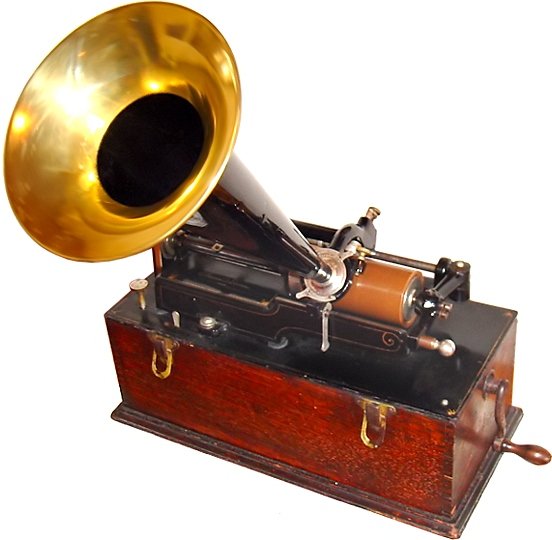
The phonograph was invented in 1877 by Thomas Edison. His phonograph originally recorded sound onto a tinfoil sheet wrapped around a rotating cylinder. A stylus responding to sound vibrations produced an up and down or hill-and-dale groove in the foil. - Wikipedia
The Gramophone - 1894
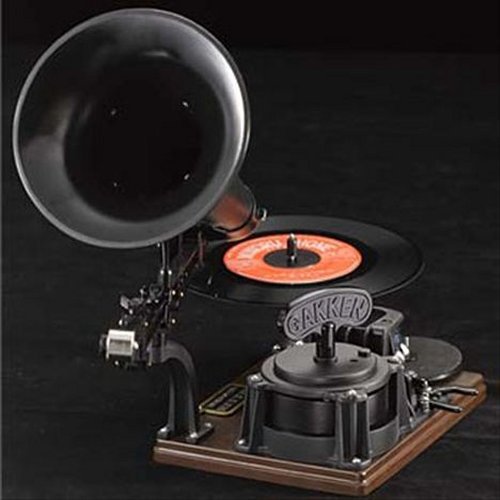
The phonograph disc record was the primary medium used for music reproduction until late in the 20th century. It had co-existed with the phonograph cylinder from the late 1880s and replaced it by the late 1920s. Phonograph records are generally described by their diameter in inches (12", 10", 7"), the rotational speed in RPM at which they are played ( 8 1⁄3, 16 2⁄3, 33 1⁄3, 45, 78), and their time capacity, determined by their diameter and speed (LP [long playing], 12-inch disc, 33 1⁄3 rpm; SP [single], 10-inch disc, 78 rpm, or 7-inch disc, 45 rpm; EP [extended play], 12-inch disc, 33 1⁄3 or 45 rpm); their reproductive quality, or level of fidelity (high-fidelity, orthophonic, full-range, etc.); and the number of audio channels (mono, stereo, quad, etc.). - Wikipedia
Stereo - 1933
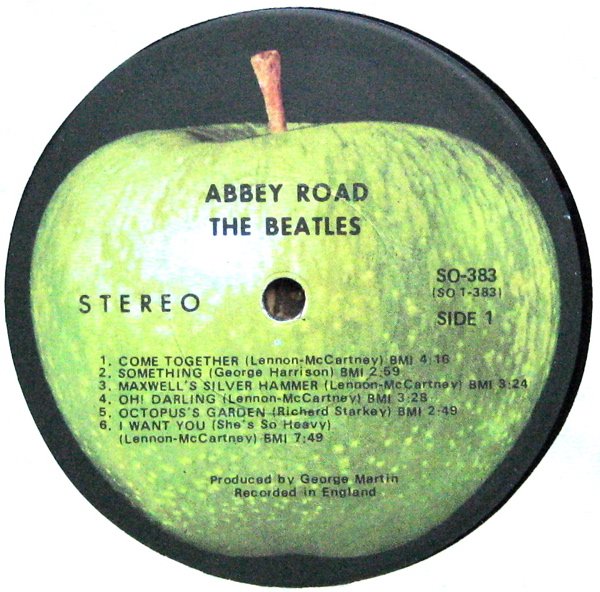
Stereo is a method of sound reproduction that creates an illusion of multi-directional audible perspective. This is usually achieved by using two or more independent audio channels through a configuration of two or more loudspeakers (or stereo headphones) in such a way as to create the impression of sound heard from various directions, as in natural hearing. Thus the term "stereophonic". - Wikipedia
Modulation and effects - 1950
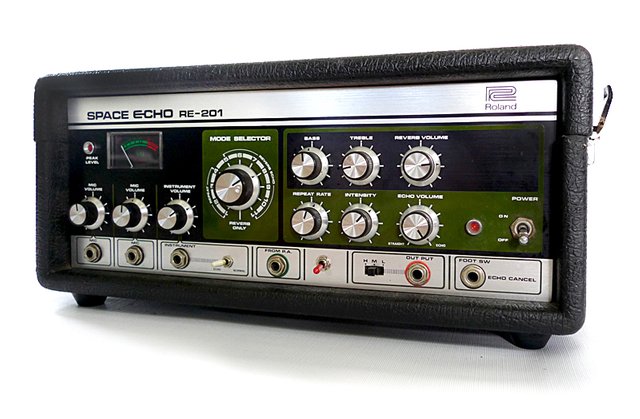
Hardware units were introduced in music production like reverb, delay and phasing. Music producers and musicians started to experiment with new sounds and effect combinations. Some unit's sound, like the Roland Space Echo became emblematic to genres like reggae and dub.
Multitrack recording and Dubbing - 1955
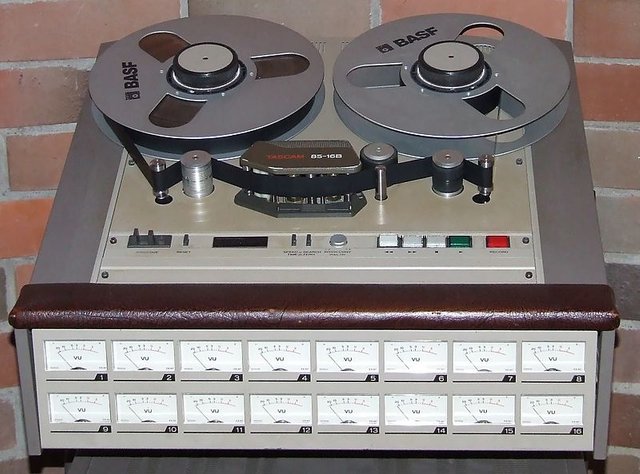
A method of sound recording developed in 1955 that allows for the separate recording of multiple sound sources or of sound sources recorded at different times to create a cohesive whole. Multitracking became possible in the mid-1950s when the idea of simultaneously recording different audio channels to separate discrete "tracks" on the same reel-to-reel tape was developed. A "track" was simply a different channel recorded to its own discrete area on the tape whereby their relative sequence of recorded events would be preserved, and playback would be simultaneous or synchronized. - Wikipedia
Casette Tape - 1962
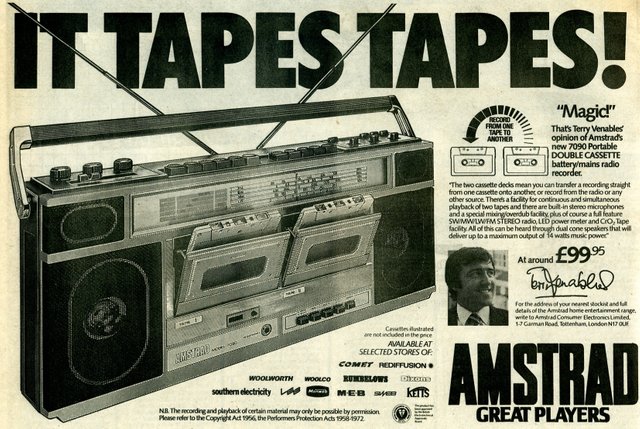
A magnetic tape recording format for audio recording and playback released by Philips in 1962. The first cassette player (although mono) designed for use in car dashes was introduced in 1968. Between the early 1970s and the early 2000s, the cassette was one of the two most common formats for prerecorded music, first alongside the LP record and later the compact disc. - Wikipedia
Digital audio - 1970
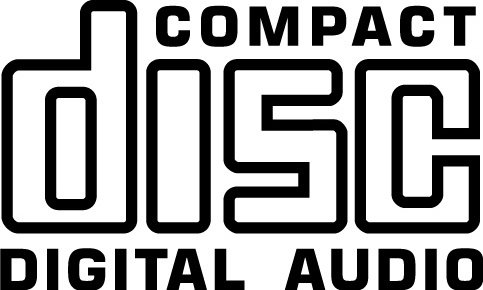
The new format is used to record, store, generate, manipulate, and reproduce sound using audio signals that have been encoded in digital form. Following significant advances in digital audio technology during the 1970s, it gradually replaced analog audio technology in many areas of sound production, sound recording (tape systems were replaced with digital recording systems), sound engineering and telecommunications in the 1990s and 2000s. - Wikipedia
Modern music production - 1990
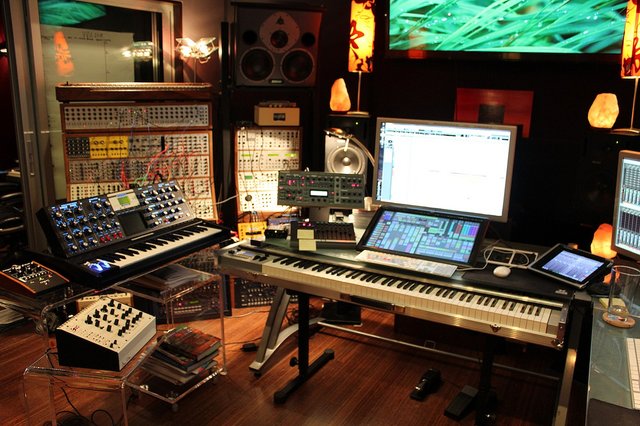
A typical professional music studio today is combining both digital and analogue gear. Usually a computer is used to record and play back the tracks, that can be routed to hardware units. Effects such as vocoder, pitch-corection, synthesis etc. expand the sonic possibilities of music production.
Upvoted by @music-trail
Join us in the steemtrail chat channel
Click here for Music-Trail guidelines
Nice :)
Great post!
Thank you!